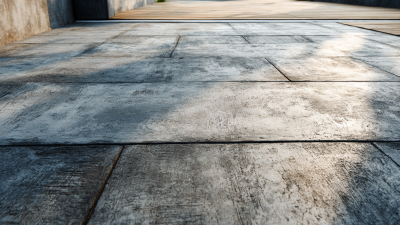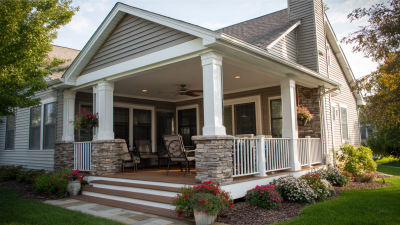The Ultimate Guide to Choosing the Right Fiber Cement Board for Your Home
 Choosing the right Fiber Cement Board for your home is a crucial decision that impacts both aesthetics and durability. According to a report by Allied Market Research, the global fiber cement market is projected to reach $21.3 billion by 2025, growing at a CAGR of 3.8%. This surge in demand highlights the increasing recognition of fiber cement boards due to their superior resistance to weather, fire, and pests, making them an ideal choice for homeowners seeking longevity and low maintenance.
Furthermore, the popularity of sustainable building materials has led to a rise in the adoption of fiber cement boards, known for their eco-friendly manufacturing processes. By understanding the various types, qualities, and applications of Fiber Cement Board, homeowners can make informed choices that enhance their property’s value and performance while reflecting their personal style.
Choosing the right Fiber Cement Board for your home is a crucial decision that impacts both aesthetics and durability. According to a report by Allied Market Research, the global fiber cement market is projected to reach $21.3 billion by 2025, growing at a CAGR of 3.8%. This surge in demand highlights the increasing recognition of fiber cement boards due to their superior resistance to weather, fire, and pests, making them an ideal choice for homeowners seeking longevity and low maintenance.
Furthermore, the popularity of sustainable building materials has led to a rise in the adoption of fiber cement boards, known for their eco-friendly manufacturing processes. By understanding the various types, qualities, and applications of Fiber Cement Board, homeowners can make informed choices that enhance their property’s value and performance while reflecting their personal style.
Understanding Fiber Cement Board: Definition and Composition
Fiber cement board is a versatile building material known for its durability and fire-resistant properties, making it an ideal choice for homeowners looking to enhance the safety and aesthetic appeal of their homes. Composed mainly of cellulose fibers, cement, and sand, fiber cement board is engineered to withstand harsh weather conditions and resist moisture, which helps prevent issues such as rot and mold. This composition not only contributes to its longevity but also positions fiber cement as a frontline defense in fire-prone areas, aligning with the growing consumer interest in wildfire-prepared homes.

The fiber cement market is projected to experience substantial growth, valued at $14.437 billion in 2025 and expected to reach $17.807 billion by 2030, growing at a CAGR of 4.28%. This surge indicates a heightened awareness and preference for materials that offer resilience and sustainability. Moreover, as homeowners seek modern materials that not only provide functional benefits but also enhance curb appeal, fiber cement board stands out. Its capability to mimic traditional wood and other finishes while offering improved durability makes it a popular choice in contemporary architecture today.
Key Types of Fiber Cement Boards: An Overview
When choosing the right fiber cement board for your home, it's essential to understand the key types available. Fiber cement boards come in various formulations, each offering distinct features suited for different applications.
One common type is the lap siding, which provides a traditional wood-like appearance while being resistant to rot and pests. This makes it an excellent option for exterior cladding,
giving your home a classic look with modern durability.
Another popular variety is the vertical siding, often used for achieving a rustic or contemporary aesthetic.
These boards can mimic the look of traditional materials like board and batten or shiplap while providing superior moisture resistance and longevity.
Additionally, there are moisture-resistant backer boards ideal for wet areas, such as bathrooms and kitchens, ensuring that they withstand humidity and prevent mold growth.
Understanding these types can help homeowners make informed decisions that align with their design goals and functional needs.
Benefits of Using Fiber Cement Boards in Home Construction
Fiber cement boards have become increasingly popular in home construction due to their numerous benefits. One of the primary advantages is their exceptional durability. Unlike traditional materials, fiber cement boards are resistant to rot, termites, and moisture, making them an ideal choice for varying weather conditions. This resilience not only extends the life of the building materials but also reduces maintenance costs for homeowners in the long run.
In addition to durability, fiber cement boards offer design flexibility. They can mimic the appearance of wood, stone, or stucco while providing the strength of concrete. This versatility allows homeowners to achieve their desired aesthetic without sacrificing functionality. Furthermore, with the increasing focus on sustainable building practices, fiber cement boards are often manufactured from recycled materials, making them an environmentally friendly option for modern construction. As homeowners prioritize energy efficiency and sustainability, the shift towards using fiber cement boards in building projects is likely to continue growing.
The Ultimate Guide to Choosing the Right Fiber Cement Board for Your Home
| Feature |
Fiber Cement Board Type |
Benefits |
Ideal Use |
| Durability |
Standard Fiber Cement Board |
Resistant to termites, moisture, and fire |
Exterior siding and cladding |
| Weight |
Lightweight Fiber Cement Board |
Easier handling and installation |
Renovation projects |
| Finish Options |
Textured Fiber Cement Board |
Variety of textures for aesthetic appeal |
Facade and decorative applications |
| Moisture Resistance |
Moisture-Resistant Fiber Cement Board |
Ideal for wet areas |
Bathrooms and kitchens |
| Sustainability |
Eco-Friendly Fiber Cement Board |
Made from recycled materials |
Green building projects |
Factors to Consider When Choosing Fiber Cement Board
When choosing the right fiber cement board for your home, several critical factors should guide your decision. First and foremost, consider the board's density and thickness. According to a report by the Fiber Cement Board Association, boards with a density of 1.4 grams per cubic centimeter or higher not only offer enhanced durability but also improve insulation properties. A thickness of 5/16 inch or more can significantly enhance the board's resistance to impact and weather-related wear, making it an excellent choice for regions prone to extreme weather conditions.
Another essential factor is the board's moisture resistance. Studies have shown that fiber cement boards with hydrophobic additives can reduce water absorption rates by up to 40%, thus minimizing the risk of mold and rot. Additionally, look for boards that come with a warranty of at least 25 years, which is often indicative of their longevity and performance. Brands like James Hardie and CertainTeed provide comprehensive warranty programs, reflecting their confidence in product quality and long-term performance. With these factors in mind, homeowners can make well-informed decisions that align with their specific needs and local climate conditions.
The Ultimate Guide to Choosing the Right Fiber Cement Board for Your Home
This chart illustrates the various factors to consider when selecting fiber cement boards based on durability, cost, maintenance, and aesthetic appeal. Each factor is rated on a scale from 1 to 10, indicating their importance in the decision-making process.
Comparative Analysis of Fiber Cement Board Brands and Styles
When selecting the right fiber cement board for your home, understanding the differences among brands and styles is crucial. Brands like James Hardie, Allura, and Nichiha have established themselves as leaders in the market, each offering a variety of products tailored to different aesthetic and functional requirements. According to a recent report from the Fiber Cement Siding Institute, approximately 60% of homeowners prefer fiber cement siding due to its durability and resistance to weather conditions, pests, and fire. This has encouraged competition among brands, leading to innovations in both texture and finish options.
In a comparative analysis of these brands, James Hardie is often noted for its extensive range of colors and textures, with a market share of around 30% in the fiber cement segment, while Allura is recognized for its competitive pricing and lightweight boards. A study published by the National Association of Home Builders highlights that fiber cement products can provide a return on investment of more than 80% when used as siding. This statistic emphasizes the importance of choosing the right brand and style that reflects your home's design while ensuring long-lasting performance. It’s essential to consider factors such as warranty, ease of installation, and maintenance requirements, which vary significantly across brands, to make an informed decision.


Products
About Us
Download
News
Blog
Contact Us
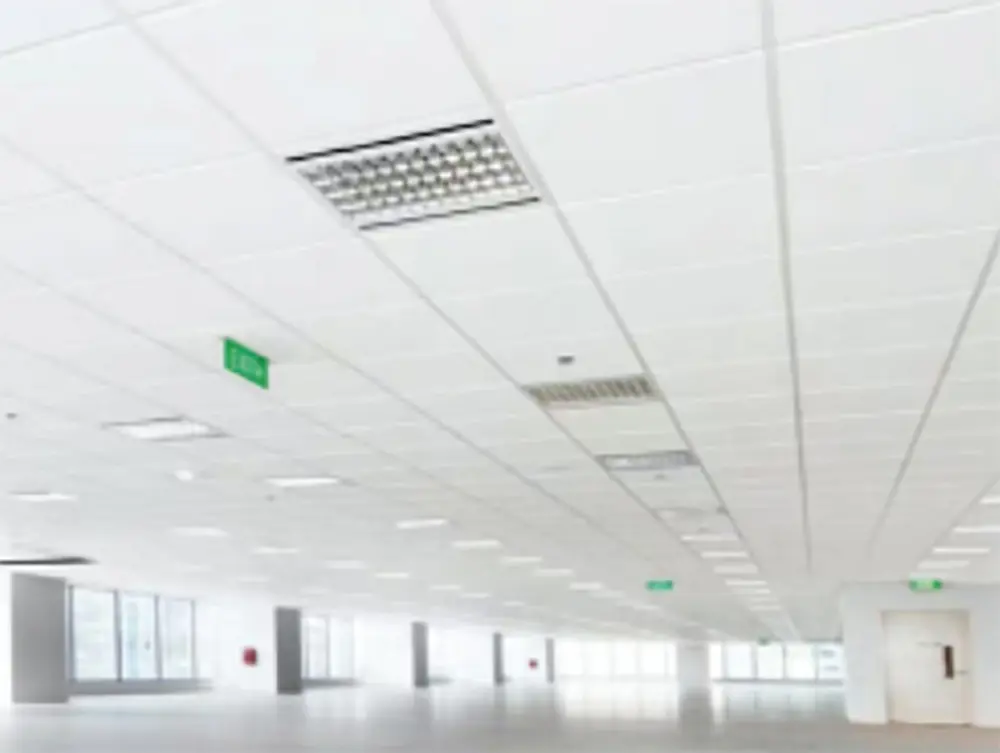 LEAO®Deco Ceiling
LEAO®Deco Ceiling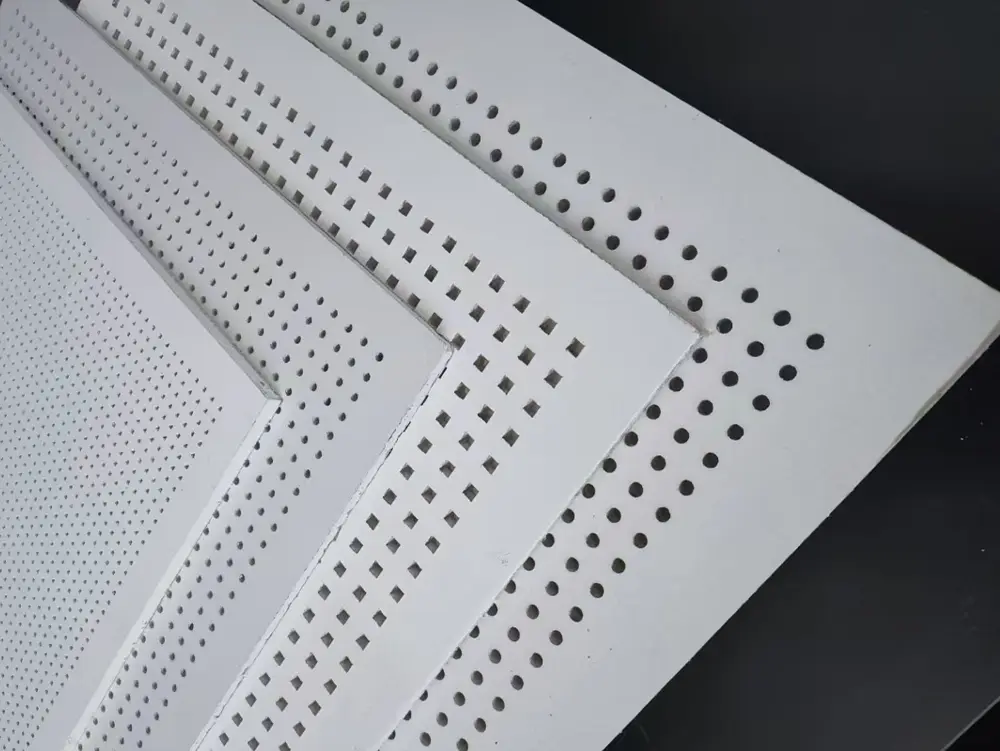 LEAO® Perforated Ceiling
LEAO® Perforated Ceiling LEAO® Ceiling Board
LEAO® Ceiling Board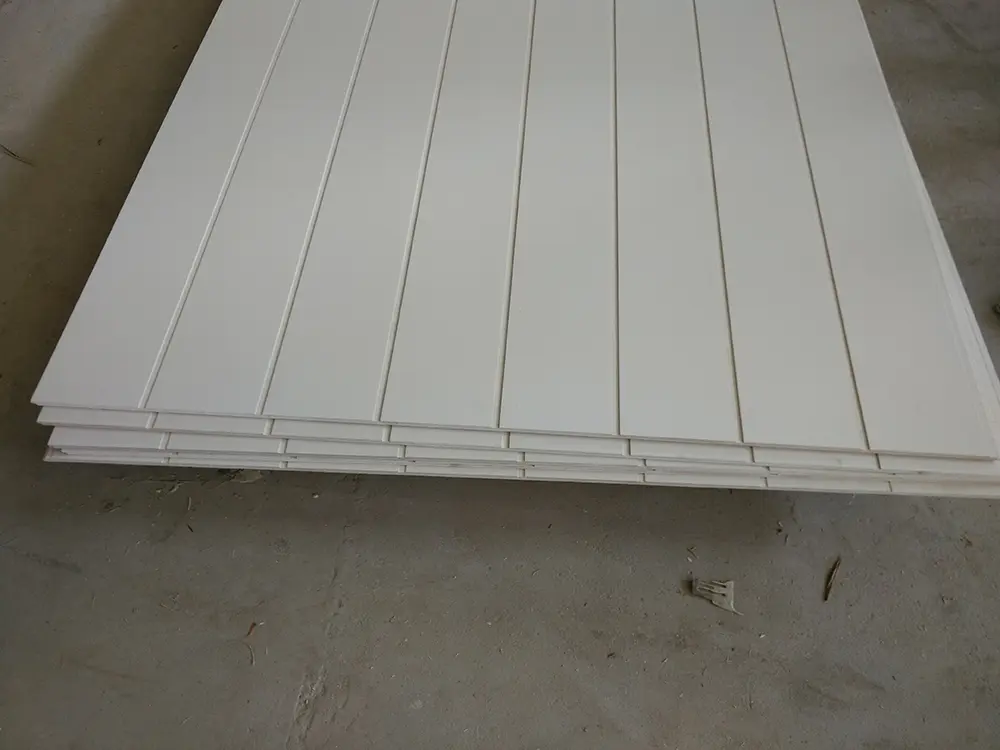 LEAO® Groove Interior Panel
LEAO® Groove Interior Panel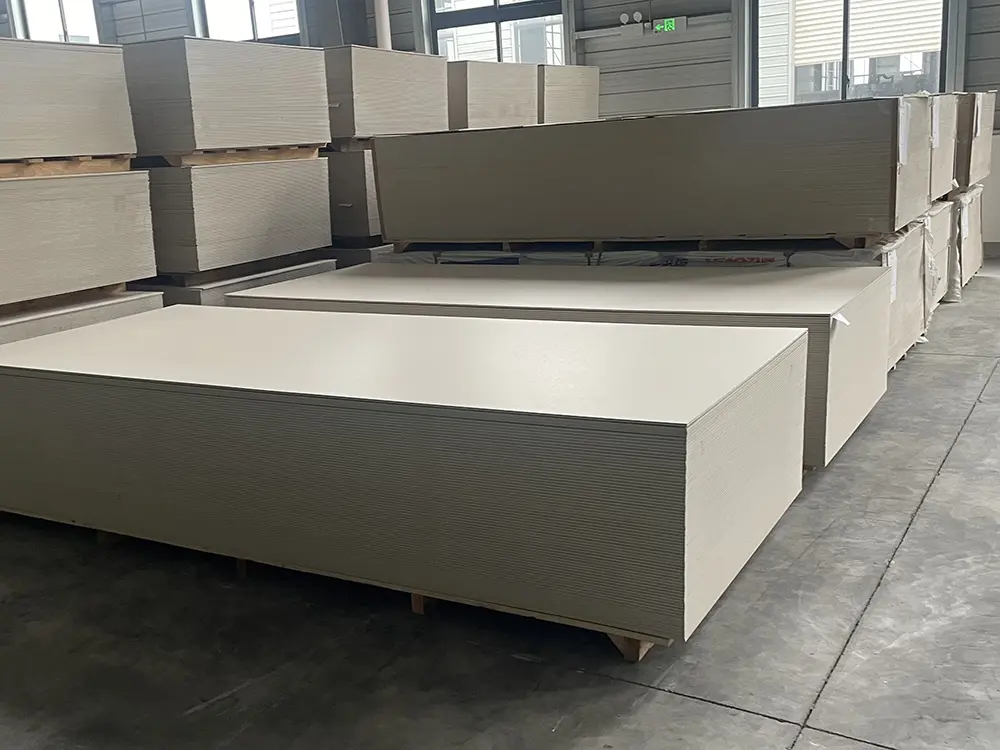 LEAO® Interior Board
LEAO® Interior Board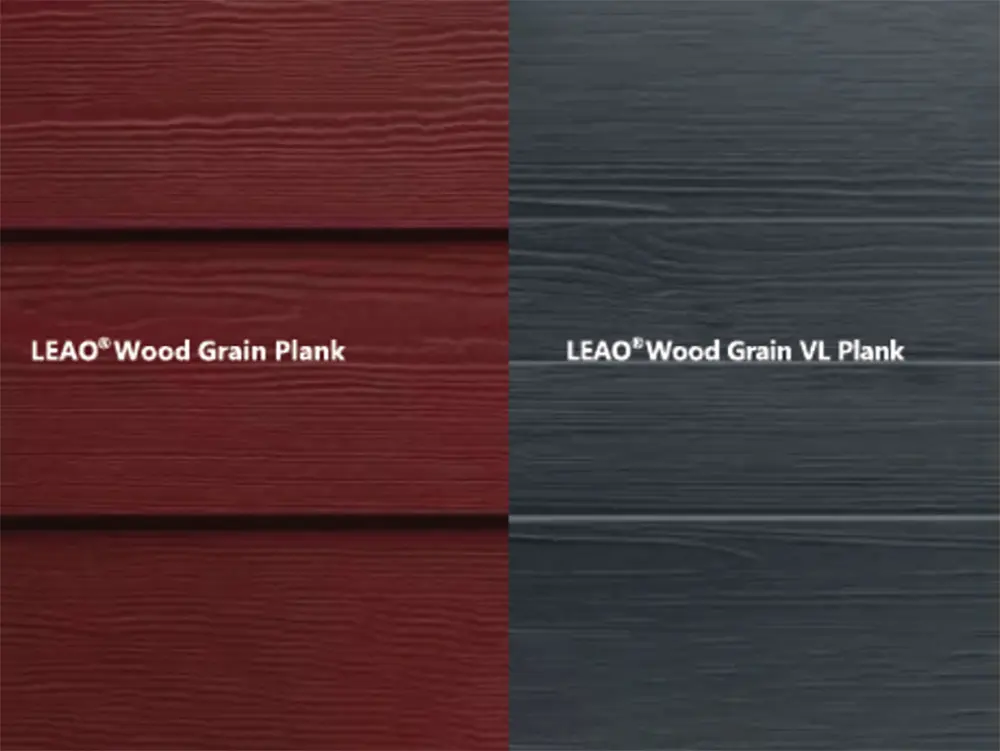 LEAO® Wood Grain Plank
LEAO® Wood Grain Plank LEAO® Grooved Exterior Panel
LEAO® Grooved Exterior Panel LEAO® Weatherboard
LEAO® Weatherboard LEAO® Access Floors
LEAO® Access Floors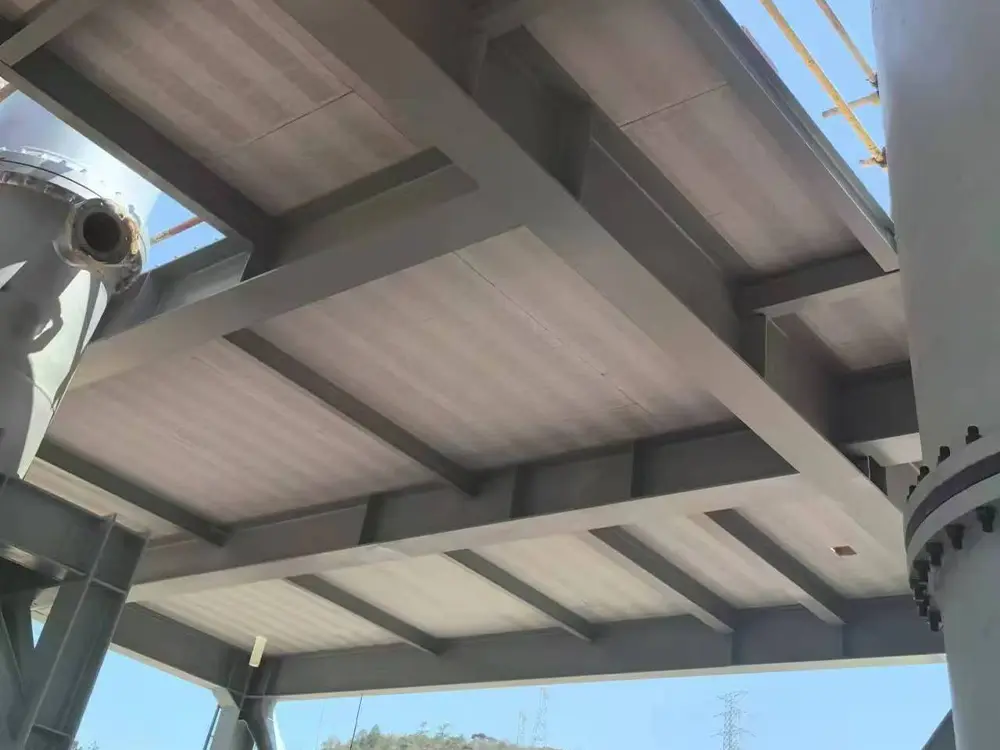 LEAO® Non-removable Formwork
LEAO® Non-removable Formwork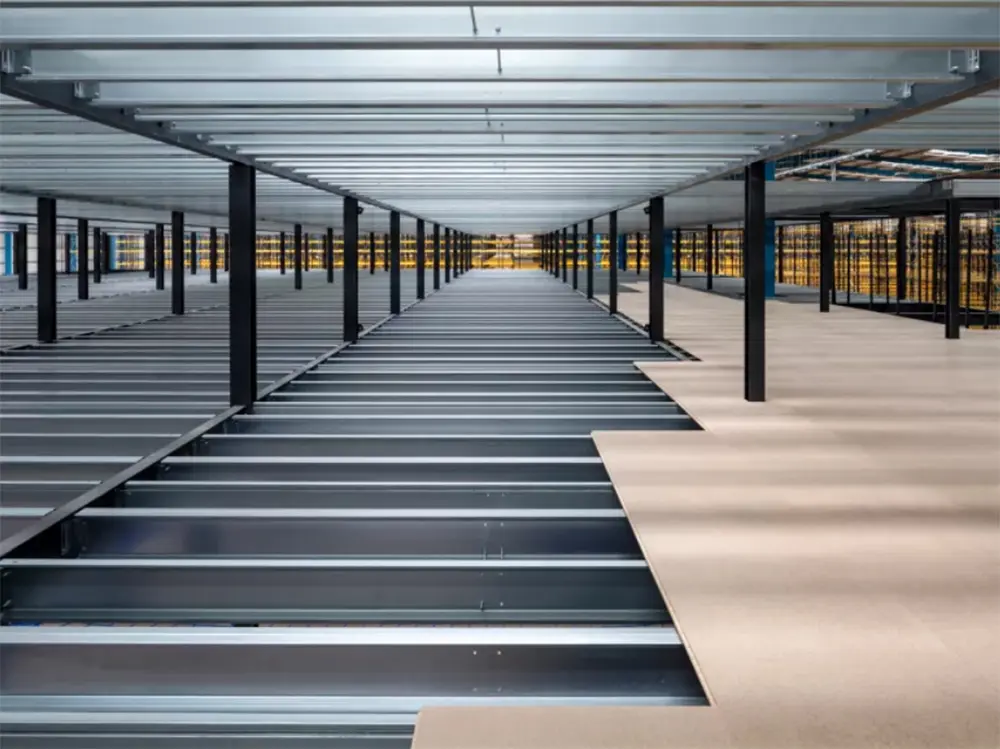 LEAO® Mezzanine Board
LEAO® Mezzanine Board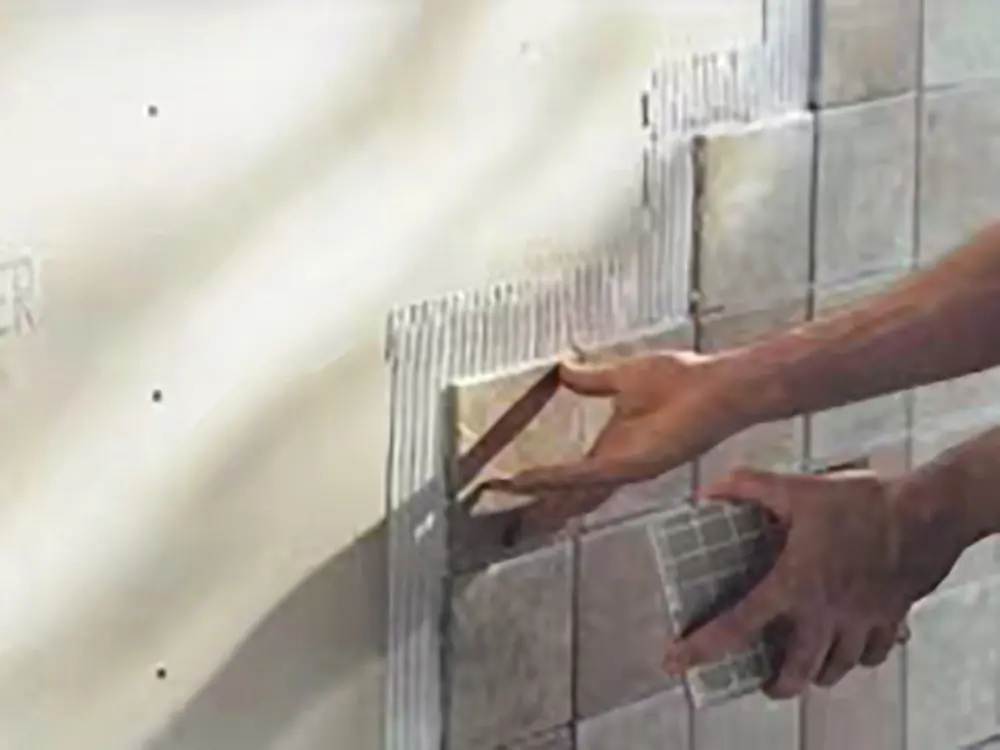 LEAO® Ceramic Tile Underlay
LEAO® Ceramic Tile Underlay LEAO® Floor Plank
LEAO® Floor Plank LEAO® Flooring
LEAO® Flooring LEAO® Wood Style Decorative Panel
LEAO® Wood Style Decorative Panel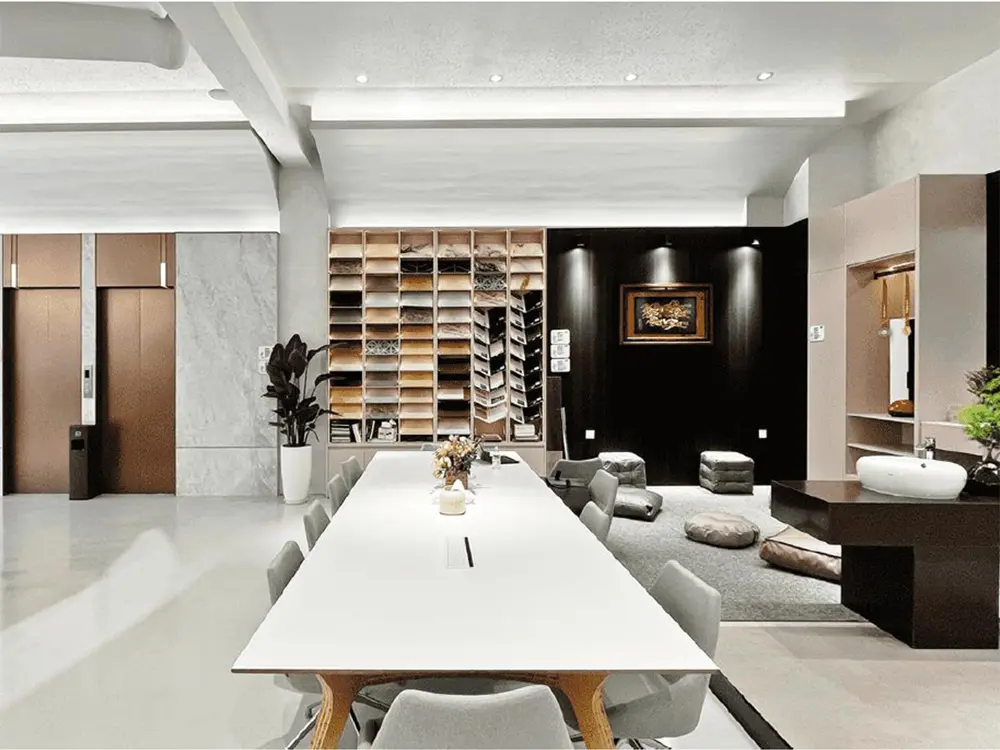 LEAO® Stone Style Decorative Panel
LEAO® Stone Style Decorative Panel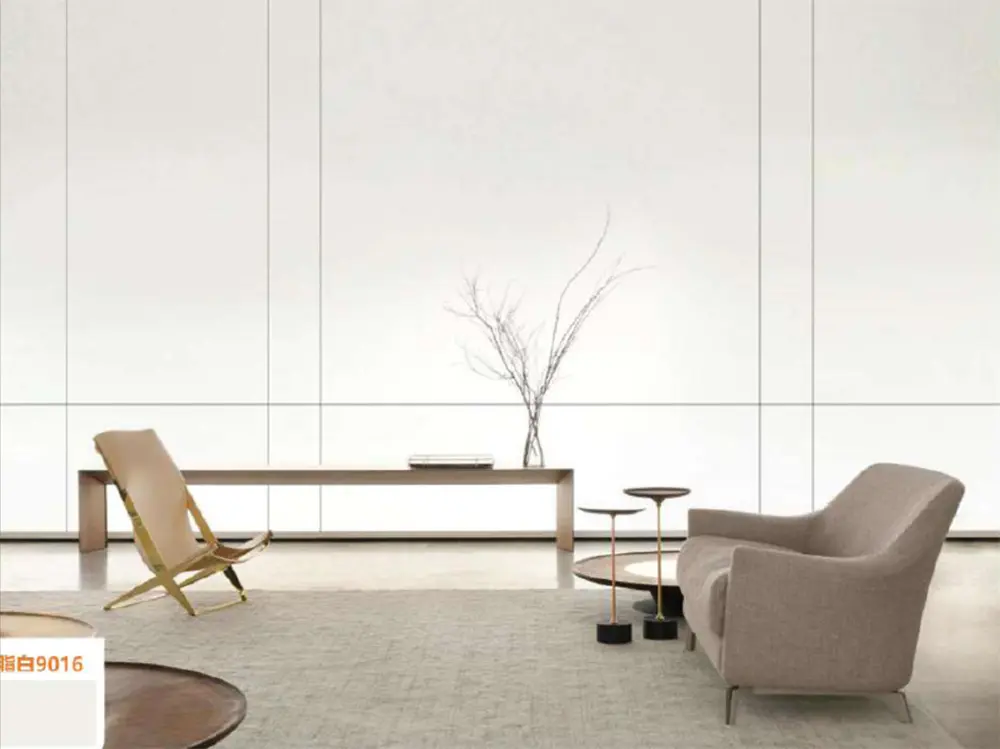 LEAO® Pure Style Decorative Panel
LEAO® Pure Style Decorative Panel Choosing the right Fiber Cement Board for your home is a crucial decision that impacts both aesthetics and durability. According to a report by Allied Market Research, the global fiber cement market is projected to reach $21.3 billion by 2025, growing at a CAGR of 3.8%. This surge in demand highlights the increasing recognition of fiber cement boards due to their superior resistance to weather, fire, and pests, making them an ideal choice for homeowners seeking longevity and low maintenance.
Choosing the right Fiber Cement Board for your home is a crucial decision that impacts both aesthetics and durability. According to a report by Allied Market Research, the global fiber cement market is projected to reach $21.3 billion by 2025, growing at a CAGR of 3.8%. This surge in demand highlights the increasing recognition of fiber cement boards due to their superior resistance to weather, fire, and pests, making them an ideal choice for homeowners seeking longevity and low maintenance.





